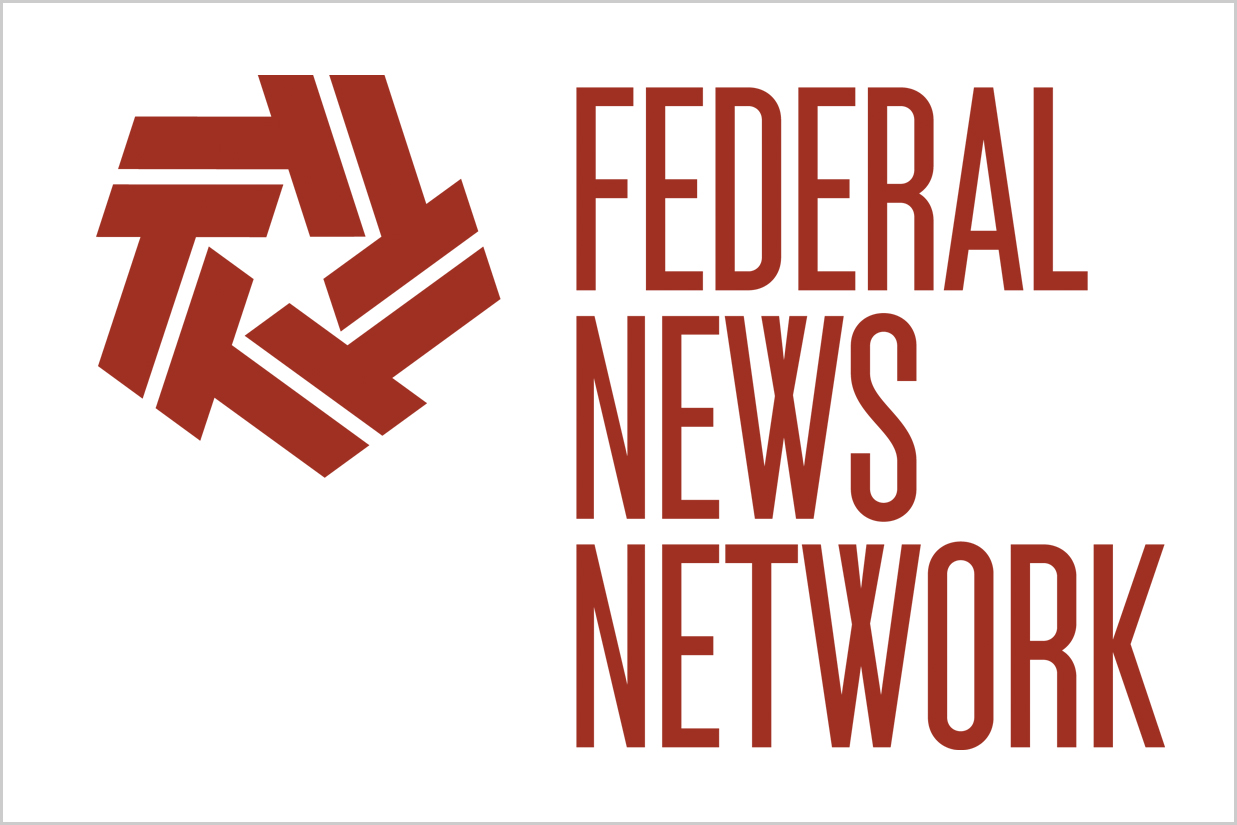Last chance to blow $2,000
Federal workers and retirees have little time to miss another deadline and lose, as in overpay up to $2,000, on next year’s health premiums.
Federal workers and retirees have little time to miss another deadline and lose, as in overpay up to $2,000, on next year’s health premiums. All they have to do to ensure loser status for insurance premiums is nothing. Ignore open season (which runs through Dec. 13). Stay in the same health plan you’ve belonged to since the Carter administration. Don’t even consider leaving the high or standard option of your favorite plan since Friends or the Fresh Prince of Belair topped the TV charts.
Although lots of things have changed since you last seriously shopped for the best health plan, tens of thousands of feds and even more retirees have let inertia rule. They’ve either failed to compare plans and benefits — which have changed dramatically — or stuck with a Cadillac (high option) version when they could be paying a lot less and getting similar benefits by switching to their plan’s “basic” option. Or to another just-as-good plan with lower premiums. And which also has their favorite doctor in their PPO network.
Feds and retirees on average will pay nearly 4% more in premiums beginning in January. But that’s an average of the 30-plus plans and options available to most people. Federal retirees will be getting a 5.9% cost of living adjustment next year if they are under the old Civil Service Retirement System. CSRS retirees will get 4.9%. Federal workers are due a 2.7% raise in January. So everything’s going up. Some more than others. But there are things that feds, postal workers and retirees can do that will shave anywhere from $1,000 to $2,000 from their health premiums next year. IF they shop. And IF they find a better plan. And IF they leave the loving (but expensive) arms of their health-plan-for-life and check out the field and choices for 2022. It isn’t easy and it isn’t (unless you enjoy self-torture) fun. But it is worth it to look. For example, some plans will have big changes, or higher (or lower) premiums. But you won’t know which until you know where to look. Some plans will make it less expensive for the policy-holder to get self-plus one rather than a family plan. Some married-to-a-fellow-fed will find it might be less expensive to get two self-only plans. At times. And in some cases, much more expensive if they pick two plans and must meet two deductibles.
Most private sector companies offer minimum choices, minimum premium sharing and zero help to workers during their open seasons. Not Uncle Sam. When it comes to a helping health plan hand, the federal government can’t be beat. The Office of Personnel Management offers an excellent website which helps workers navigate the various plans, options and premiums. Most agencies now offer (free to employees) the Consumer Checkbook guide to federal health plans. Its long-time editor Walton Francis sorts out the best deal for workers, retirees or survivor annuitants. You can check to see if your doctor is in network and find out other things that should be a factor in deciding on your 2022 health plan.
To kick off open season, Walt Francis will be my guest today at 10 a.m. on Your Turn. He’ll answer questions and give you a checklist of what to do during this open season. That will include things like health plans that offer HSAs (health savings accounts) for employees. Some of them who have been in HSA plan for years now have accounts of $50.000.
If you can’t listen today, or want to hear it again or alert a coworker or friend, the show will be archived on our website. So listen today, tomorrow, whenever.
For today’s show, if you have questions for Walt Francis send them to me ASAP at mcausey@federalnewsnetwork.com.
Whatever you do this open season, make sure it isn’t nothing!
Nearly Useless Factoid
By Alazar Moges
Source: Britannica
Copyright © 2025 Federal News Network. All rights reserved. This website is not intended for users located within the European Economic Area.
Mike Causey is senior correspondent for Federal News Network and writes his daily Federal Report column on federal employees’ pay, benefits and retirement.
Follow @mcauseyWFED






